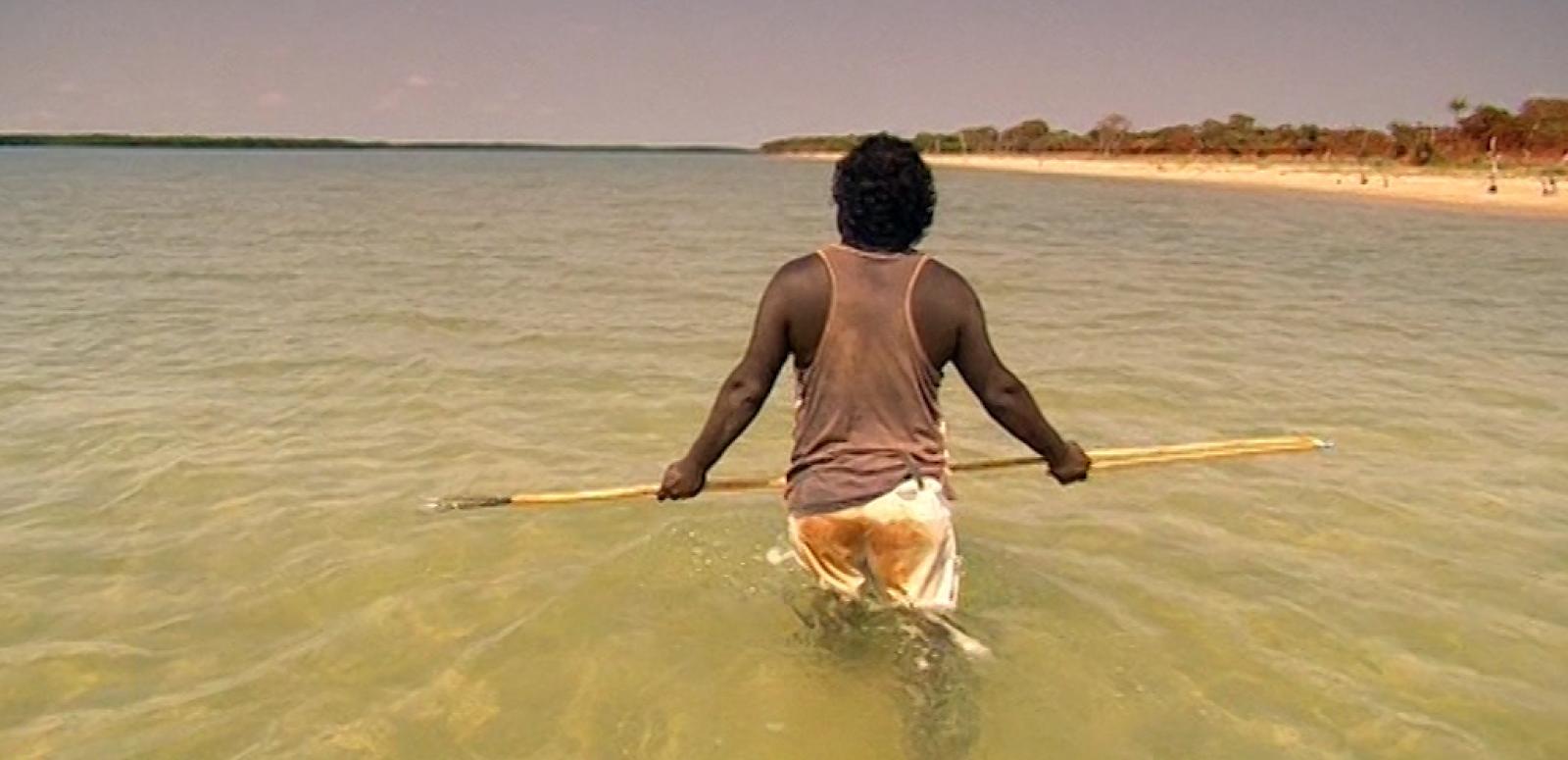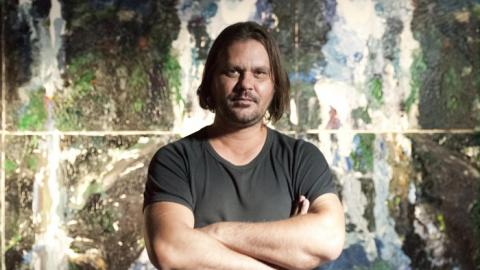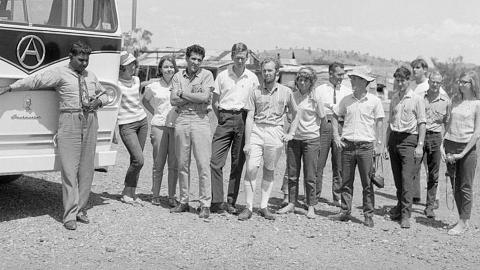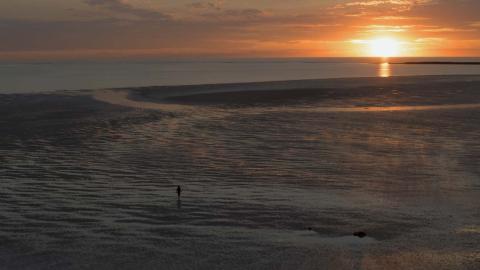

5 Seasons
5 Seasons
Synopsis
A documentary narrated by Tom E Lewis about a region that western society says has two seasons, the wet and the dry. The Numurindi people of south-east Arnhemland in the Northern Territory’s Gulf of Carpentaria recognise their country has five seasons;
Migirarrga – May to July. Cold weather time.
Durrmala – August to October. Turtle egg time, hot dry winds.
Barra – October to December. Rains coming.
Barra Amilmilariri – January to February. Flood plains underwater, heavy rains.
Mariga – March to April. Flood plains drying up. Cool weather coming.
These five seasons within the calendar year direct the lives of the Numurindi people. The land is alive, and Junggayi Moses Numamurdirdi, or Mawulu, introduces us to the concept of the land being an entity and responsive to all human actions. ‘This country is fragile. It is important that we know the songs of the country’, says Lewis in voice-over narration, ‘The songs and dances are important as it tells … us who we are, where we belong, the creation of our country, and the stories of our old people’. The responsibility of song and singing to the land is about respecting its cycles and rhythms.
5 Seasons describes how the region regenerates itself within five cycles, guiding all aspects of the lives of the Numurindi peoples, instructing them on what food is available and what is not, whether they will sit waiting for the rains to subside during the Barra season, which is also the season when the seas offer the greatest source of bush food, or whether it is time to collect turtle eggs during the Durrmala season.
Curator’s notes
by Romaine Moreton
The juxtaposition of archival footage with contemporary or present-day footage is evocative. Director Steve McGregor in a few simple frames represents the unchanging traditions of the Indigenous people of the area and a shift occurring in the use of western technology to incorporate ancient hunting and gathering methods. Stunning cinematography by Allan Collins and Warwick Thornton reveal this land as a montage of incredible colours and movement. To look upon this country through the eyes of Collins and Thornton, who as cinematographers support the perspective of Junggayi Moses Numamurdirdi, reveals a country that is achingly beautiful and fragile. A country that is a being requiring the most sensitive of responsibility and interaction, fulfilled here by the moieties of water and fire, or shark and crocodile. There is an exhilarating sequence towards the end of the film in Barra Amilmilariri season in which, during a thunderstorm, a crocodile moves towards the beach shore to feed from a carcass.
This film illustrates, with a gentle authority, the stark contrast between western cultural land management and the ancient Indigenous philosophies and cosmologies that treat the land as a living entity and worthy of respect.
The National Film and Sound Archive of Australia acknowledges Australia’s Aboriginal and Torres Strait Islander peoples as the Traditional Custodians of the land on which we work and live and gives respect to their Elders both past and present.


